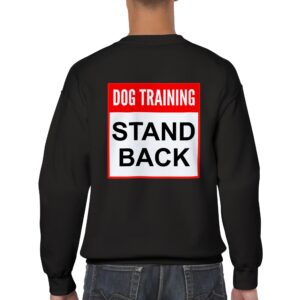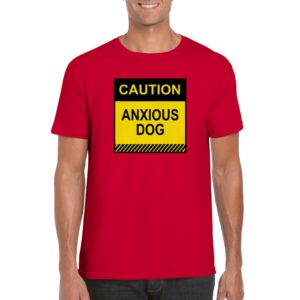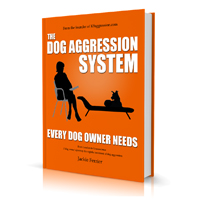Your cart is currently empty!
FEAR AGGRESSION
Fear aggression occurs when the dog is scared whether or not an event has occurred that scared the dog. The difficulty for owners hearing this diagnosis, is that is encourages them to reassure the dog which reinforces the inappropriate behavior.
Initial behaviors can include:
- snapping
- growling
- escape attempts
Other behaviors may include:
- changes in pitch and volume of vocalization,
- snapping and biting if threat continues
- possibly urination, defecation or anal sac expression.
Body postures associated with fear aggression include:
- a lowering the the head and body (ears are often flattened)
- piloerection (hackles or the fur on the back rising)
- ears moved back
- wrinkled muzzles
- horizontal then vertical lip retraction
- snarling
These dogs try to avoid the situation by backing up until they are cornered, then they bite. This is in contrast to the normal dog who puts his tail between his legs, cowers, and hides when afraid, but shows no signs of vocal or physical signs of aggression. It is a learned behavior that can become habitual and continue even after the dog is no longer afraid.
**Aggression categories compiled from:
Clinical Behavioral Medicine for Small Animals, Karen L. Overall, M.A., V.M.D., Ph.D. Diplomate, American College of Veterinary Behavior, Department of Clinical Studies, School of Veterinary Medicine, University of Pennsylvania, Philadelphia. Pennsylvania, Mosby, Inc. 1997
The Dog Who Loved Too Much: Tales, Treatments, and the Psychology of Dogs, Dr. Nicolas Dodman, BVMS, MRCVS, Bantom Books, 1997
ADVERTISEMENT

Keep people away with our Stand back shirts

Anxious Dog Shirts only available in our shop

